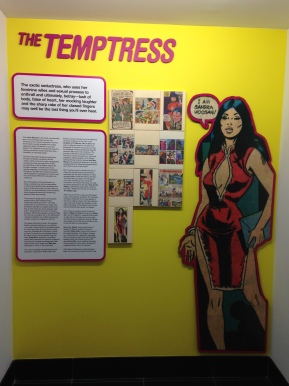T. Delene Beeland’s “Saving Ethiopia’s ‘Church Forests” and Rob Dunn’s “Man Discovers A New Life-form at An South-African Truck Stop” are two articles discussing the same topic: the significance of discovering and protecting the endangered species in South Africa. However, in terms of modes, adaptation strategies, and knowledge gaps, Beeland and Dunn choose different ways.
First of all, the modes of the two essays are quite different. Apparently, Beeland uses information as well as case study. For example, she introduces the “church forest” as “There are some 35,000 church forests in Ethiopia, ranging in size from a few acres to 300 hectares. Some churches and their forests may date back to the fourth century, and all are remnants of Ethiopia’s historic Afromontane forests. To their followers, they are a sacred symbol of the garden of Eden — to be loved and cared for, but not worshiped.” Beeland adapts several significant numbers to inform the readers of what the “church forest” is, which is surely a powerful method. Also, she uses case study in the “Awakening awareness” part by choosing an Ethiopian forest researcher who did his PhD work on his country’s coptic forests, called Alemayehu Wassie Eshete, as an example to illustrate the significance for understanding the endangerment of “church forests”. This provides a specific story that is more approachable to the audience.
However, there are more narration and description in Dunn’s essay. In the beginning of the essay, Dunn writes that “Like many biologists, the German biologist Oliver Zompro spends thousands of hours looking at specimens of dead animals. ” This start tells us that this whole piece is a narration, a specific story. Furthermore, when talking about Brandberg Massif, Dunn describes that “Miles of desert extend from the Massif in every direction. There are no surrounding hills, no trees and no bumps of stubble. The Massif, formed by the extrusion of lava, looks as though it were dropped on to the landscape. It is formidable, unique, and isolated, just the kind of place where one might find a yeti, or the ghost of an ancient animal.” This detailed description offers a lively vision of the scene, which brings the audience to the actual environment and understand the hardship of finding the new species.
Accordingly, due to the different modes of the essays, the adaptation strategies are respectively distinguishable. Beeland adapts her argument through examples, while Dunn uses narrations. Beeland’s appropriate application of examples have greatly enriched the article, for the readers are able to obtain the information through various cases. On the other hand, Dunn’s narrations has a clear timeline and logic, along with abundant descriptions and details, providing a direct and unique reading experience.
Speaking of the knowledge gaps, Beeland gives two videos of the scientific research process as well as a Google Earth photo of Ethiopia’s “church forest”. This use of multimedia sources emphasizes the geographic and environmental features of “church forest”, which could effectively inform the readers of the urgency of saving the forests. On the contrary, Dunn provides background about Zompro’s studies and his adventures in Africa, so that the audience could imagine the difficulties and significance of discovering the new life-form.




